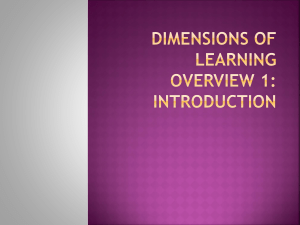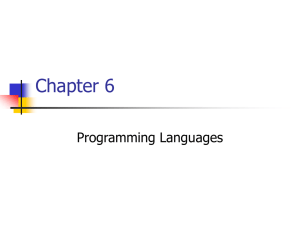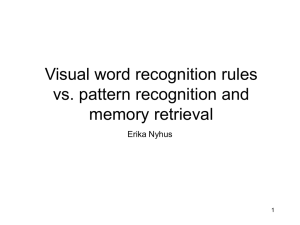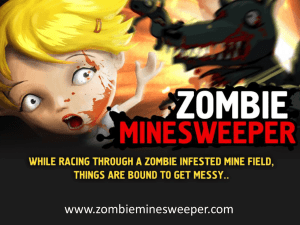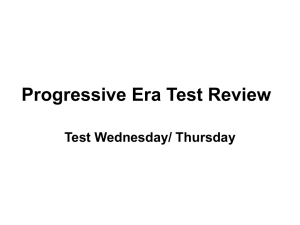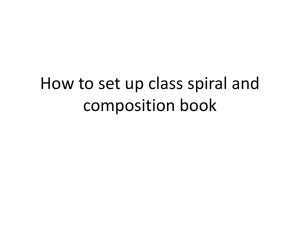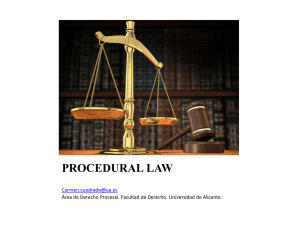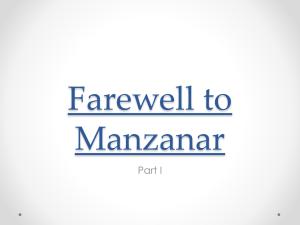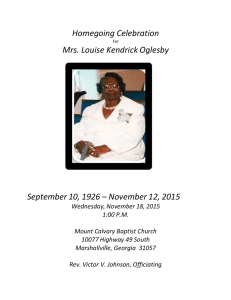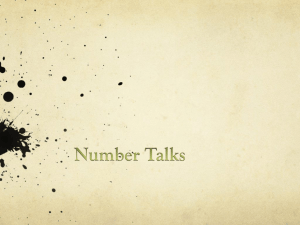DDx of Delirium: Training Medical Students to Competence
advertisement
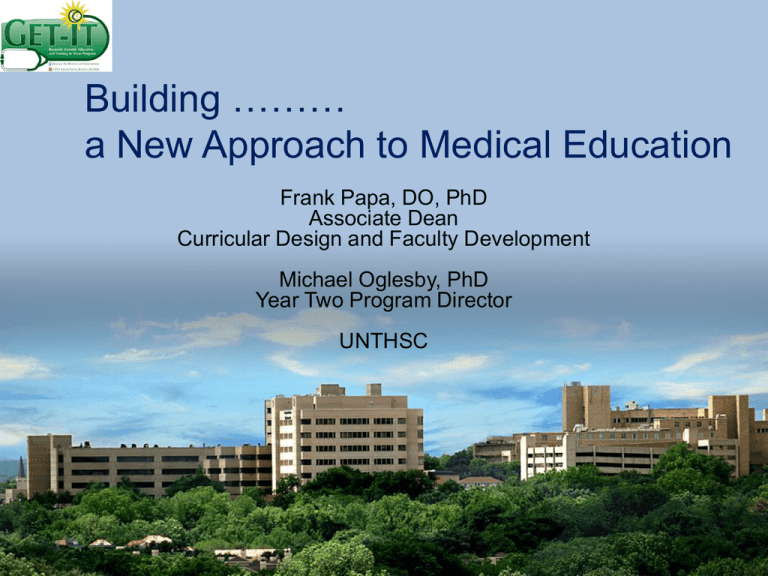
Building ……… a New Approach to Medical Education Frank Papa, DO, PhD Associate Dean Curricular Design and Faculty Development Michael Oglesby, PhD Year Two Program Director UNTHSC How to build …….. …….. a house? Raw materials Tools People How to build …….. …..… a mind? What are the raw materials? What are the tools? What types of people? How to build …….. a medical mind A MEDED perspective Materials? Content resources (hard copy or electronic) Tools? Courses Organization and sequencing of content Instructional methods People? Content experts How to build …….. a medical mind A MEDED perspective Curricular models guide institutions in how to utilize content, courses and experts in the construction of medical minds Discipline-based (1870’s – current) Systems-based (1950’s – current) PBL (1970’s – current) Presentation (1990’s – current) Papa FJ, Harasym PH. Medical curriculum reform in North America, 1765 to the present: A cognitive science perspective. Acad Med. 1999;74:154–64 How to build a Medical Mind: Depends on the curricular model used Content Courses Content Experts How to build a Medical Mind: Discipline and Systems Perspective Courses Content Experts How to build a Medical Mind: PBL and Presentation Perspective Courses Content Experts How to build a Medical Mind: An Evolving Learning Sciences Perspective The development of competence depends upon… The construction of problem- and task-specific knowledge bases The construction of problem- and task-specific knowledge bases begins with the acquisition of declarative knowledge followed by its progressive transformation into procedural knowledge The progressive development of problem- and task- specific procedural knowledge requires multiple application opportunities, and, focused instructional guidance How to build a Medical Mind: An Evolving Learning Sciences Perspective Principles used to construct a new curricular model (A Problem and Task-focused, Application-oriented curriculum - PTAC) Course design elements Organize and teach course content within the context of clinical problems Sequence problem-focused, instructional activities in a manner that supports the progressive development of knowledge-based competencies (Bloom’s taxonomy) Acquisition of declarative knowledge Comprehension (transformation into procedural knowledge) Application (practice opportunities sufficient to develop competence) A problem and task-focused, application-oriented curriculum: Rationale, learning sciences framework and outcomes. Papa FJ, Oglesby M, Dubin B, Putthoff S, Martin M, Gwirtz P. In review. Academic Medicine. How to build a Medical Mind: Discipline and Systems Perspective Courses Content Experts How to build a Medical Mind: PBL and Presentation Perspective Courses Content Experts How to build a mind: A learning Sciences Perspective Content Courses Experts How to build a mind: A learning Sciences Perspective Content Courses Experts How to build a mind: A learning Sciences Perspective Content Courses Experts How to build a mind: A learning Sciences Perspective Content Courses Experts How to build a mind: A learning Sciences Perspective Content Courses Experts How to build a Medical Mind: An Evolving Learning Sciences Perspective The development of competence depends upon… The construction of problem- and task-specific knowledge bases The construction of problem- and task-specific knowledge bases begins with the acquisition of declarative knowledge followed by its progressive transformation into procedural knowledge The progressive development of problem- and task- specific procedural knowledge requires multiple application opportunities, and, focused instructional guidance How to build a Medical Mind: An Evolving Learning Sciences Perspective Course design elements Organize and teach course content within the context of clinical problems Sequence problem-focused, instructional activities in a manner that supports the progressive development of knowledge-based competencies (Bloom’s taxonomy) Acquisition of declarative knowledge Comprehension (transformation into procedural knowledge) Application (practice opportunities sufficient to develop competence) A problem and task-focused, application-oriented curriculum: Rationale, learning sciences framework and outcomes. Papa FJ, Oglesby M, Dubin B, Putthoff S, Martin M, Gwirtz P. In review. Academic Medicine. How to build a mind: A learning Sciences Perspective Content Courses Experts How to build a mind: Adopting Principles Content Courses Experts How to build a mind: Adopting Course Design Elements Content Courses Experts Computer Assisted Tools for building a medical mind KBIT (Knowledge Based Inference Tool) Predicated upon three principles Acquire problem and task (DDX) specific declarative knowledge Transform declarative knowledge into procedural knowledge Multiple problem and task-focused practice opportunities under (expert/AI) guidance Papa FJ, Oglesby MW, Aldrich DG, Schaller F, Cipher DJ. Improving diagnostic capabilities of medical students via application of cognitive sciences-derived learning principles. Medical Education, 41:419-425, 2007
